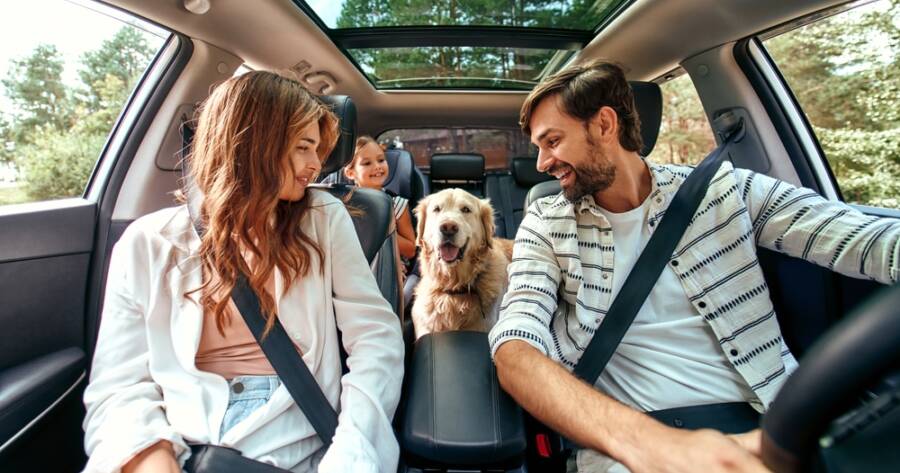More and more families are including their pets in travel plans—whether it’s a weekend road trip, a family vacation, or even a cross-country move. From pet-friendly hotels to dog-welcoming national parks, there are plenty of opportunities to explore the world with your furry companion by your side. But traveling with pets comes with its own set of challenges. To make the experience safe and enjoyable for both humans and animals, a little planning goes a long way.
Whether you’re hitting the highway or taking to the skies, here’s how to ensure your pet stays comfortable, healthy, and stress-free along the way.
Choose the Right Travel Method for Your Pet
Before booking anything, consider your pet’s temperament, age, health, and comfort level with new environments. Some animals love the excitement of a road trip, while others may be anxious about long drives or flights.
-
Road trips are ideal for dogs and some cats who are used to car travel. You can control stops, manage temperature, and take breaks for exercise or bathroom needs.
-
Air travel may be necessary for longer trips but can be stressful. Small pets may fly in the cabin (depending on the airline), while larger animals must go in the cargo hold. Consult your vet before flying, especially if your pet has health issues or is a brachycephalic (short-nosed) breed.
-
Trains and buses have strict rules that vary by provider, and pets are often not allowed unless they are small and in a carrier.
Choose the method that best fits your pet’s needs—not just your itinerary.
Pack Pet Travel Essentials
Just like humans, pets have travel essentials that can make the journey smoother. Make a checklist before you go to avoid last-minute stress or emergency stops.
Your pet’s travel bag should include:
-
Food and water (plus bowls)
-
Medications and medical records
-
A leash, harness, and waste bags
-
Comfort items like blankets or toys
-
A secure, well-ventilated carrier or crate
-
A copy of your pet’s ID tag and vaccination history
If you’re driving, keep a portable water bottle and treats on hand for breaks. If you’re flying, confirm carrier size and weight restrictions in advance.
Plan Pet-Friendly Accommodations and Stops
Not all hotels, rentals, or attractions are pet-friendly—so research ahead of time. Sites like BringFido or Airbnb’s pet-friendly filter can help you find lodging that welcomes furry guests.
When booking:
-
Confirm pet policies: Some places allow pets but restrict breed, size, or the number of animals.
-
Ask about pet fees: Many hotels charge an additional cleaning or nightly fee.
-
Check for nearby parks or green spaces: After a long day of travel, your pet will appreciate room to run or walk.
For road trips, plan your route with regular pet breaks in mind—every 2–4 hours is a good rule of thumb for bathroom and exercise stops.
Keep Your Pet Safe and Comfortable in Transit
Whether you’re flying or driving, your pet’s comfort and safety should come first.
-
In the car, never let your pet roam freely. Use a seatbelt harness, crate, or travel barrier to keep them secure.
-
Avoid leaving pets alone in vehicles, especially in extreme temperatures.
-
For air travel, label the carrier with your contact info and a “Live Animal” sticker. Include a familiar item like a small blanket or toy to reduce anxiety.
-
Offer food and water at regular intervals, but avoid feeding a large meal right before travel to minimize motion sickness.
It’s also smart to take short practice trips ahead of time to help your pet adjust to the idea of traveling.
Adventures Are Better Together
Traveling with your pet can be one of the most rewarding parts of being a pet parent. With thoughtful planning, the right gear, and a flexible mindset, you can create unforgettable memories while keeping your companion safe and happy. Whether you’re hiking through forests, strolling city sidewalks, or relaxing at a cozy cabin, the best part is knowing you’re exploring the world—together.

